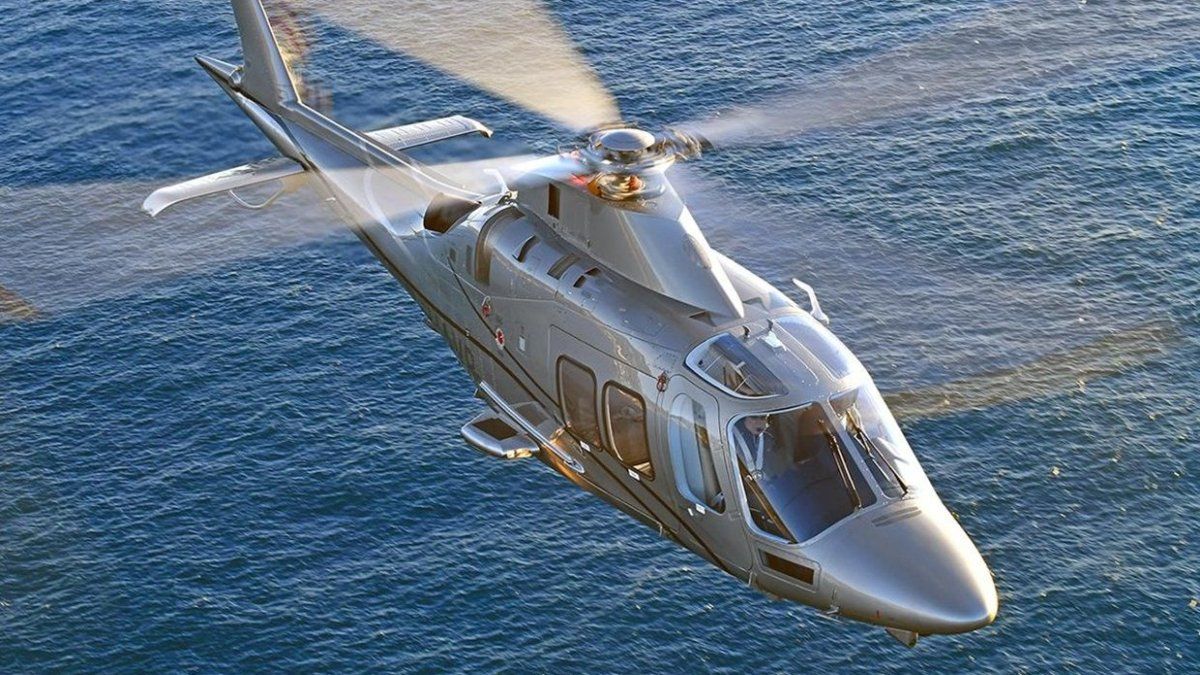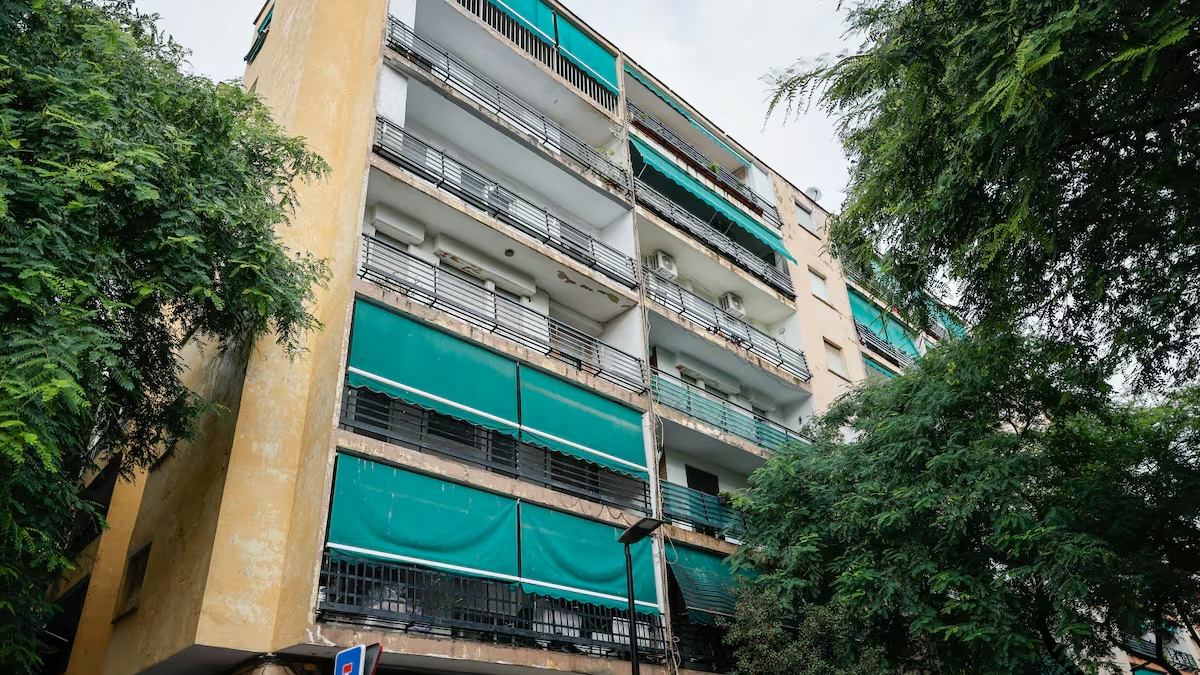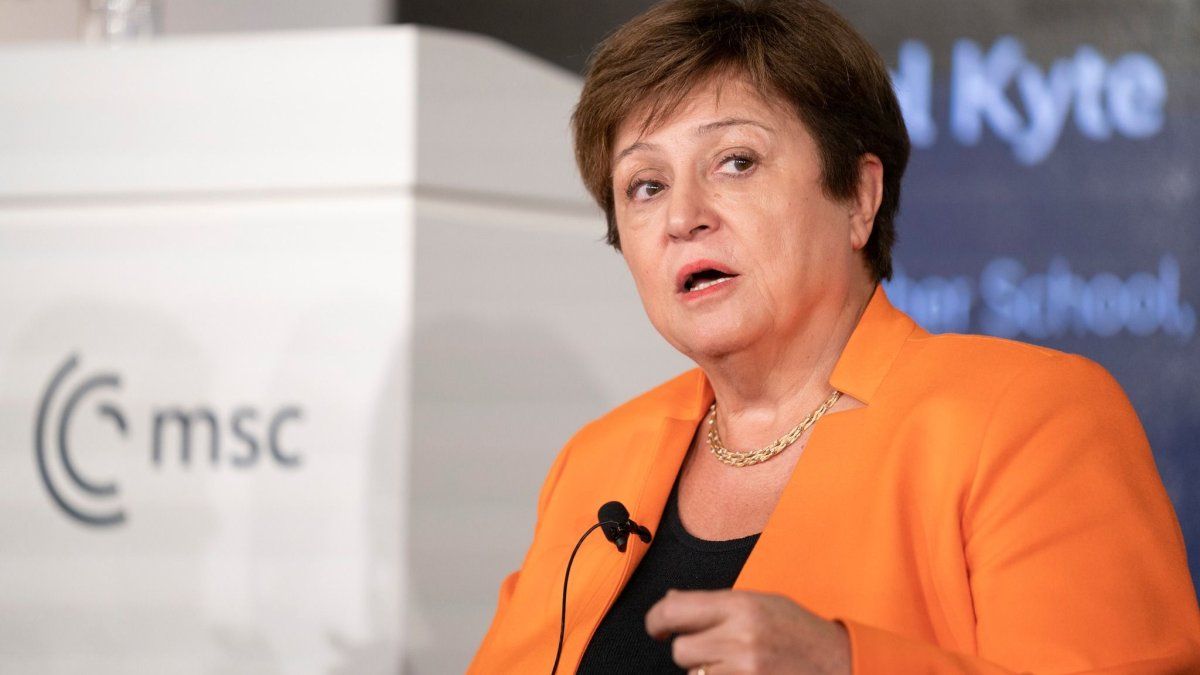The Argentine Navy is one step away from having AW109 helicopters manufactured by the Italian group Leonardo intended for surveillance and control of the South Atlantic.
It is a medium twin-engine that can be configured to fulfill various functions from surveillance, electronic intelligence to medical assistance in emergencies. Last Monday the chief of the navy, Vice Admiral Carlos Allievi, signed the commercial contract for the purchase of four AW109 helicopters.
Now the process continues in the hands of the Minister of Economy Luis Caputomust approve and sign the financial contract to take out credit for a sum in the order of 67 million dollars which involves the four devices, style documentation, spare parts and an offset simulator.
The offer of Leonard stipulates financing granted by SACE, the Italian export credit agency, for one hundred percent of the purchase to be paid in 10 years with a 2-year grace period. Offer that looks more than attractive, perhaps a result of the improvement in the perception of the country’s macro with a downward risk that is at 790 points according to the JP Morgan rating agency, a key indicator to be able to request international loans.
If Caputo gives the green light to the financing of the Italian entity SACE, payments will begin two years after the signing of the contract. Only an advance payment is required, usual in this type of operation, which is around 5 million dollars also contemplated in the financing.
Deliveries
With the resolution of the financial contract, the delivery schedule that it foresees will be launched two machines in 2025 and the remaining in 2026. The agenda can vary drastically if the process is delayed, it is a product with sustained international demand due to its adaptation to both the military market and civil use.
The diplomatic representation of Italy in charge of the ambassador Fabrizio Lucentini It remains expectant, almost oblivious to the negotiation of the second important industrial conglomerate in the Italian aerospace sector.
The formal acquisition began after the government authorized last July for Decree 594/2024 of budget modification for fiscal year 2024, “Public Credit Operations” to finance the “Acquisition of light Naval Helicopters to operate organically in the surface units of the Argentine Navy.” In that annex, a amount that amounts to 98 million dollars.
The figure to be taken into credit fell within the original intention of acquiring eight helicopters for the Argentine Navy and the Joint Maritime Command. Now it has been reduced to four devices that will be on-board equipment in the ARA Bouchard class ocean patrol vessels (OPVs).
These vessels, acquired from France, by design require an on-board helicopter to increase their surveillance and personnel projection capacity in the event of search and capture operations of illegal fishing vessels or deployment of special forces. The new ones AW109 aircraft They are configured for Search and Rescue (SAR) and light transport tasks, equipped with navigation and search radar.
The manufacturer’s description details that it has a four-axis autopilot, makes night rescue operations possible and facilitates all hover operations, in a rescue or the deployment of personnel on vessels targeted for registration. It is equipped with a winch or side crane for lifting up to 272 kilos.
Offers: Airbus or Leonardo
The Navy evaluated two proposals, one from Airbus for AS365N3 Dauphin aircraft and another from the Italian group Leonardo for the AW109. Airbus offered second-hand helicopters inspected as new but the model is no longer manufactured. This alternative implies higher maintenance costs and also impacts the value of spare parts.
The Naval Aviation after an analysis and study elevated to Defense Regarding the possible devices, he considered the Leonardo AW109 as the only model that met the operational requirements. A determining factor in the selection was the size of the OPV hangar and the AW109 fits comfortably into the ship’s accommodation; there are no other new models on the market that fit the available space.
As they are new aircraft and in production, the Navy After-sales support is assured during the useful life, which is considered to be about 20 years of operation.
Source: Ambito




